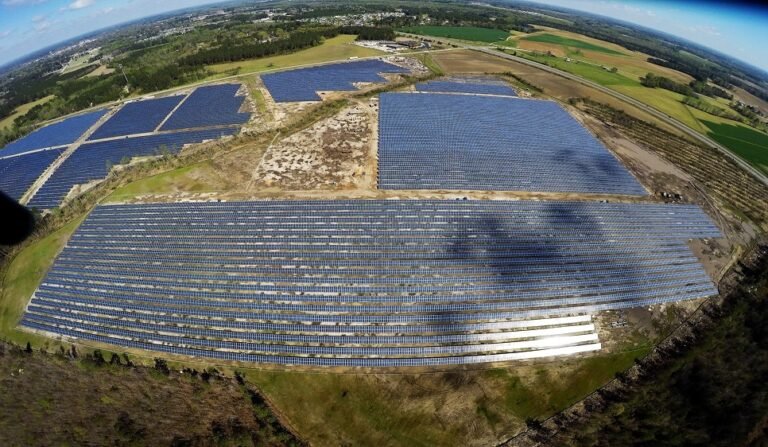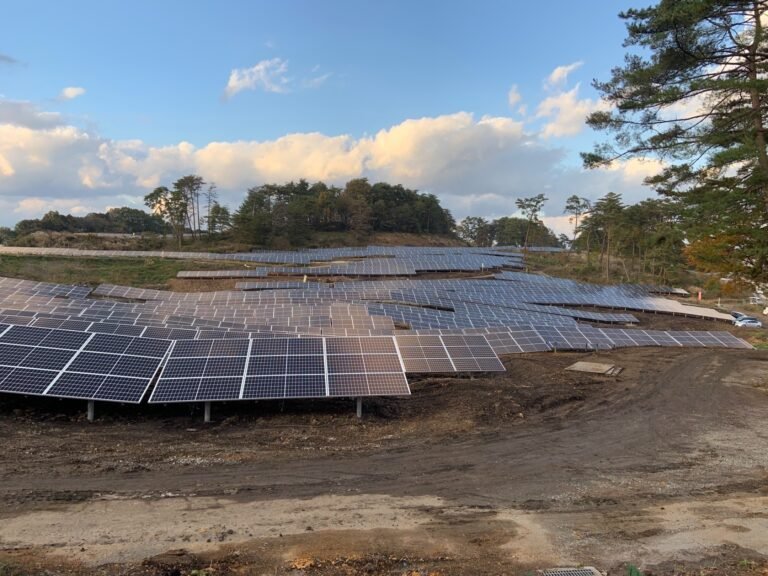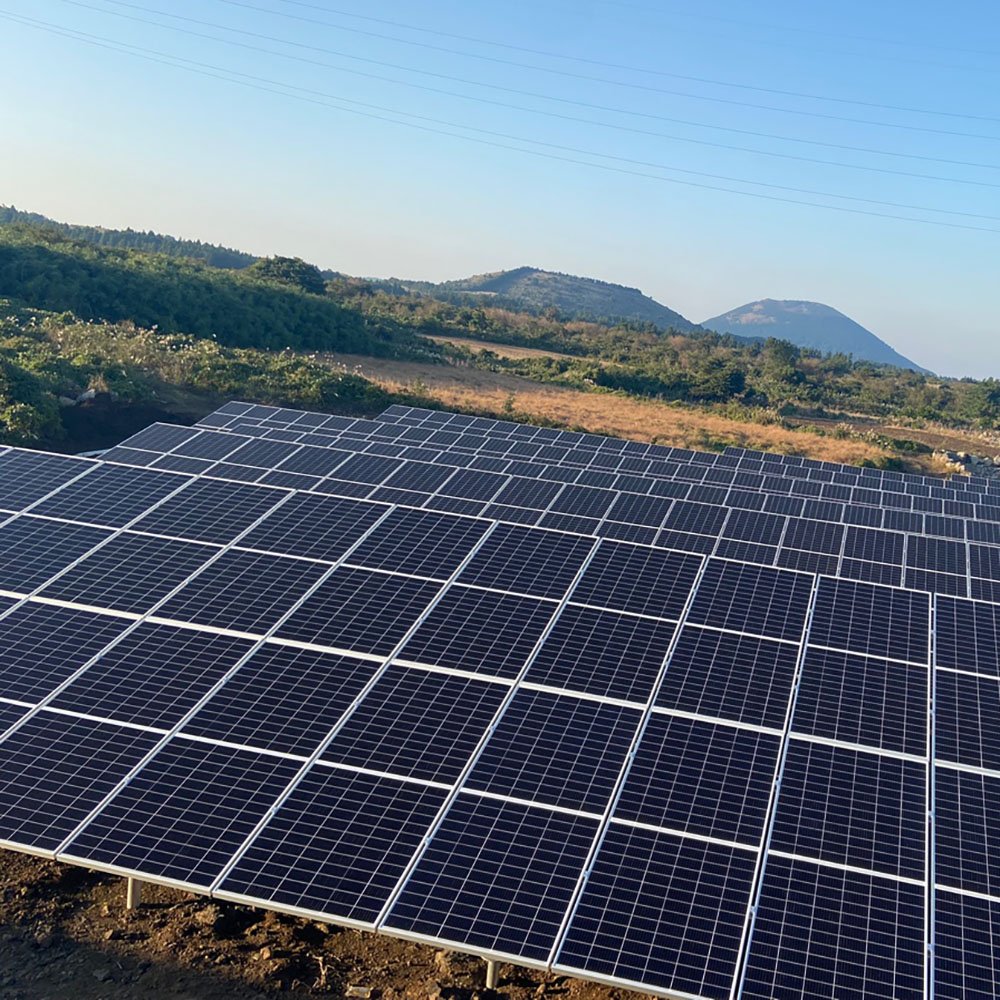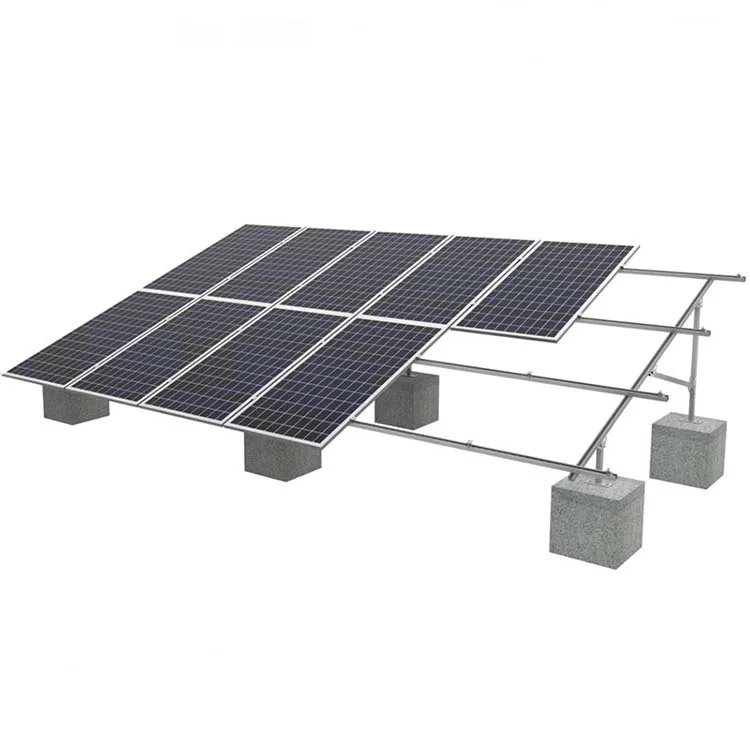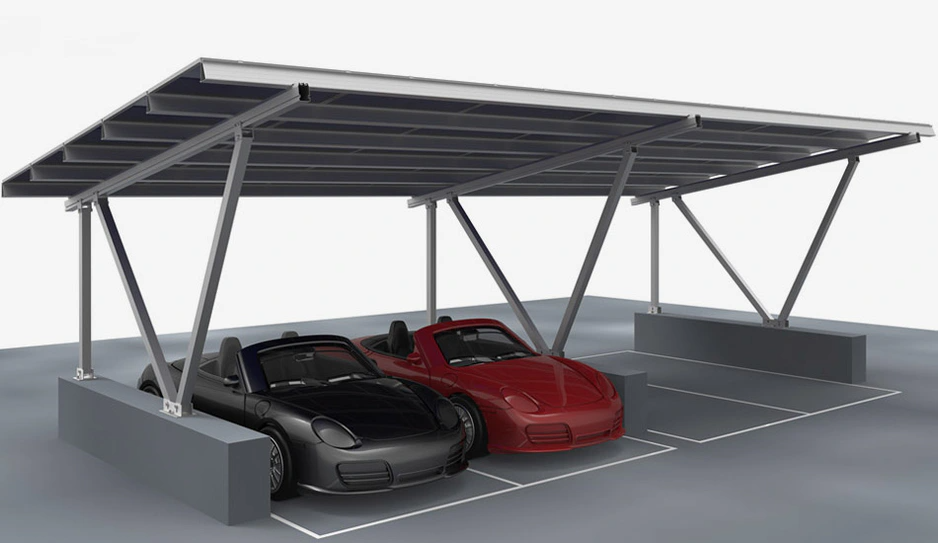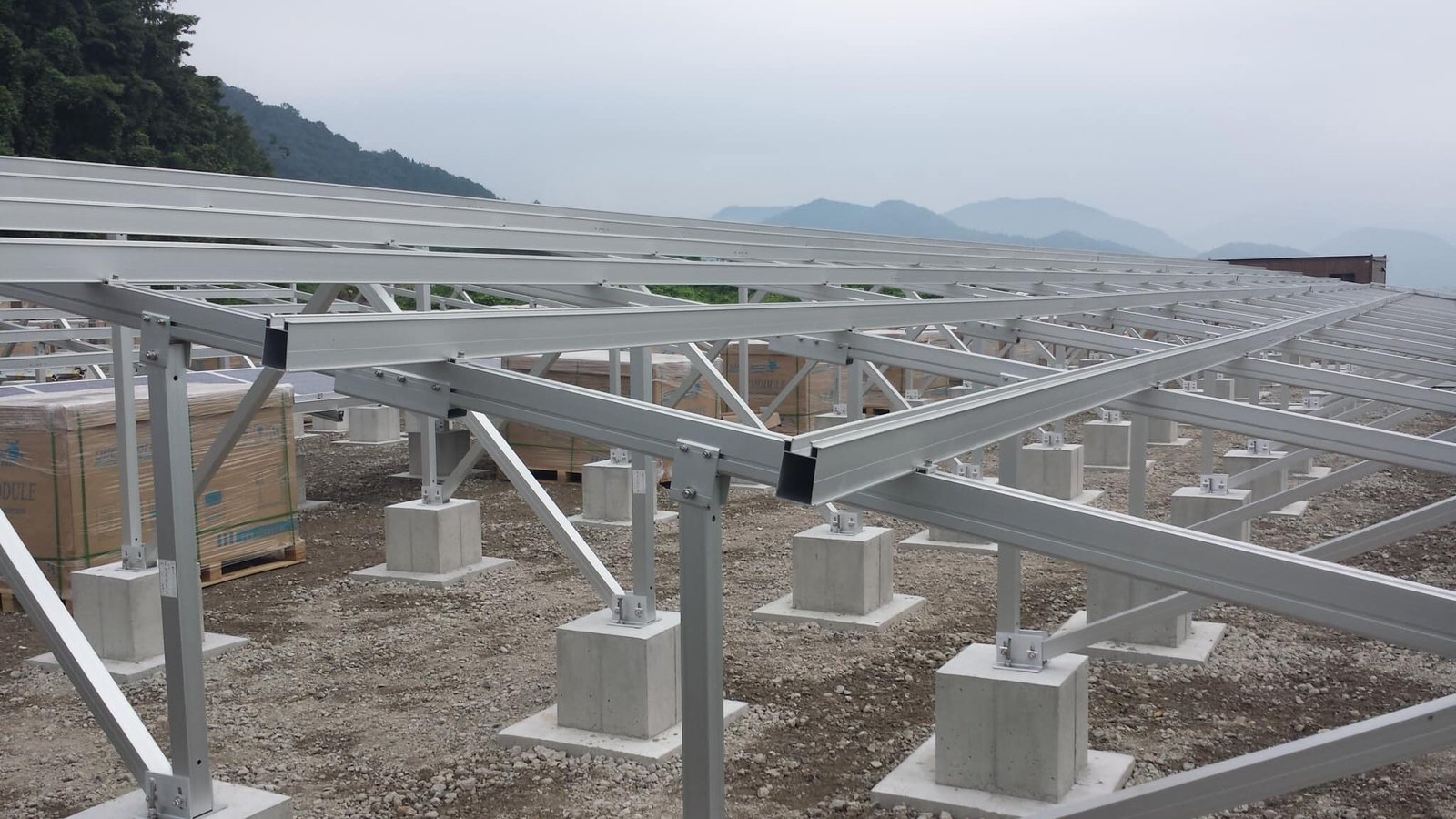-
2103 Room NO.322 Xinggang One Road, Haicang District, Xiamen Fujian, Chiny
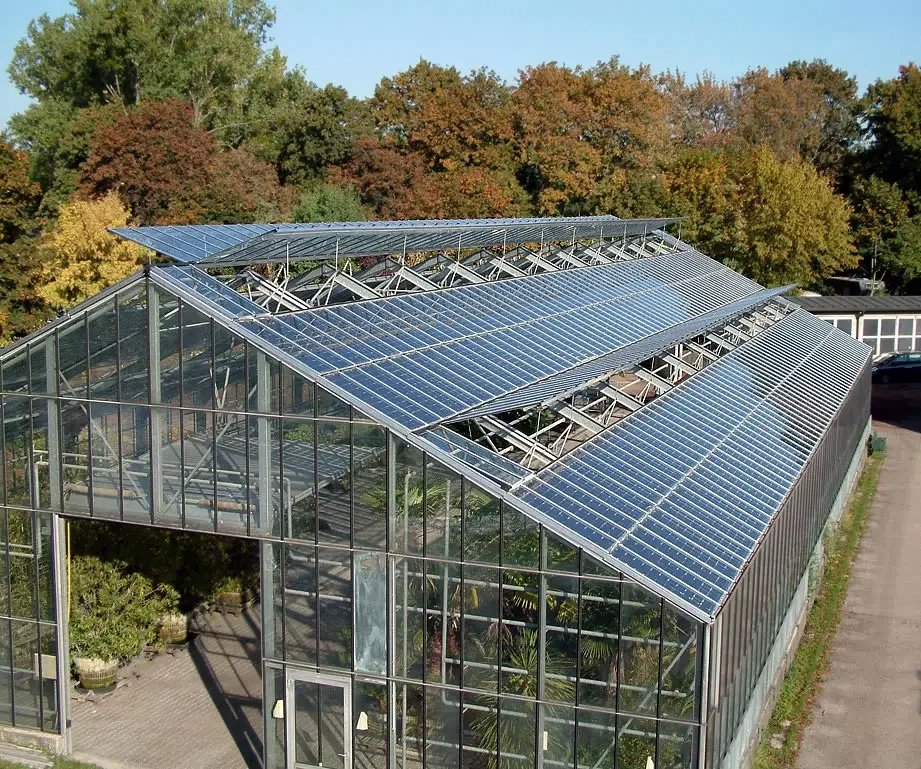
Understanding Agrivoltaics: Benefits, Cost, and How to Get Started
Agrivoltaics—also known as solar sharing—combines agriculture and solar power generation on the same land, offering dual revenue from crop cultivation and energy production. With increasing interest in sustainable land use and renewable energy, this model is gaining traction worldwide.
🔗 System montażu paneli słonecznych na gruntach rolnych
Table of Contents
What Is Agrivoltaics?
Agrivoltaics involves installing solar panels above farmland, enabling both farming and solar energy generation on the same land. It’s a sustainable approach to utilizing underused or fallow farmland without compromising its agricultural purpose. This system allows for “temporary land use conversion,” preserving land classification while maximizing its utility.
Key Benefits of Agrivoltaics
Dual Revenue Stream: Farming + Power Generation
By utilizing the space above crops, farmers can generate electricity to sell to the grid or use locally. This creates a new source of income, reducing dependency on agriculture alone. Over time, this additional revenue can significantly improve farm profitability.
Reduced Electricity Costs Through Self-Consumption
Solar energy can offset a farm’s electricity needs. For example, a 50kW system can produce around 50,000 kWh per year—equivalent to powering 9–10 average homes. Using this energy for irrigation systems, cooling, or lighting helps cut energy bills dramatically.
Productive Use of Idle or Fallow Land
Agrivoltaics presents an effective solution for revitalizing unused farmland. Abandoned or degraded lands can be turned into productive sites, helping prevent environmental degradation and rural depopulation.
Impact on Crop Growth
Agrivoltaics may reduce direct sunlight to some extent, but careful crop selection can mitigate yield loss. In some cases, partial shading can actually benefit crops sensitive to excessive heat or UV exposure.
Crops suited for agrivoltaics include:
- Leafy greens (e.g., spinach, kale)
- Root vegetables (e.g., potatoes, carrots)
- Fruits (e.g., blueberries, citrus)
- Shade-tolerant crops (e.g., shiitake mushrooms)
Shading from the panels can also protect plants from strong winds or hail, enhancing their growing environment.
Installation Costs
The cost of implementing agrivoltaics varies by system capacity, land conditions, and structural design. A typical 50kW setup over 1,000 square meters may cost around USD 80,000 to 110,000. Here’s a general breakdown:
| Component | Estimated Cost (USD) |
|---|---|
| Solar Panels | $45,000–55,000 |
| Inverters | $10,000–15,000 |
| Mounting Structure | $10,000–15,000 |
| Installation & Labor | $15,000–25,000 |

Note: Regular maintenance is also necessary for solar modules and mounts, which may incur $1,000–2,000 annually.
Financial Support and Incentives
While specific incentives vary by country, many governments and regional authorities offer grants, tax rebates, or financing support to encourage agrivoltaic adoption. To check availability:
- Contact your local renewable energy agency
- Consult agricultural development offices
- Explore green energy funding platforms
Common incentive forms include:
- Feed-in tariffs (FiTs)
- Investment tax credits (ITC)
- Net metering for self-consumption
- Equipment grants or loans
Always verify the latest eligibility criteria and submission windows.
Steps for Successful Implementation
- Site Assessment: Evaluate land slope, soil type, and sunlight availability.
- System Design: Choose appropriate racking, height, and spacing based on crops.
- Regulatory Compliance: Obtain land use or zoning approvals if required.
- Financial Planning: Seek funding support and calculate return on investment.
- Installation: Partner with experienced EPCs and mounting system providers.
- Maintenance: Schedule regular inspections and panel cleaning.
Potential Challenges to Consider
High Upfront Costs
Initial setup costs can be a barrier. Leverage available subsidies or low-interest loans to reduce the financial burden.
Administrative Hurdles
Some regions require temporary land conversion permits or crop performance reports to maintain eligibility.
Natural Disasters
Agrivoltaic systems can be exposed to risks like storms or floods. It’s essential to use structurally sound mounting systems that can withstand harsh environmental conditions.
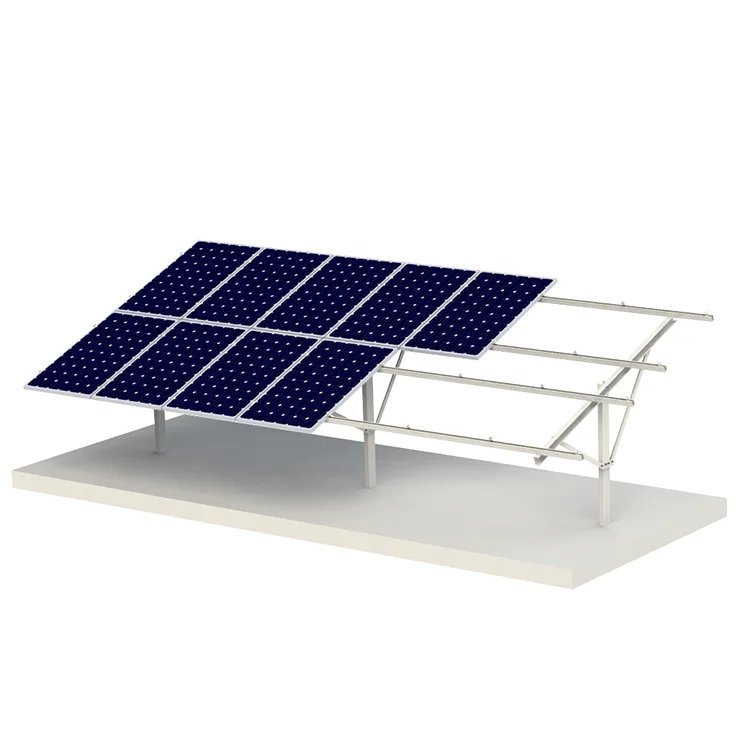
🔗 Ramming Pile Ground Mounting System
Consider robust materials like galvanized steel or aluminum and conduct proper wind/snow load calculations before installation.
A Sustainable Future with Agrivoltaics
Agrivoltaics offers a promising path toward sustainable agriculture and clean energy. By combining food production and solar generation, farmers can secure new revenue streams while contributing to climate goals. If designed and implemented properly—with the right support and infrastructure—it is a model that can benefit both people and the planet.

